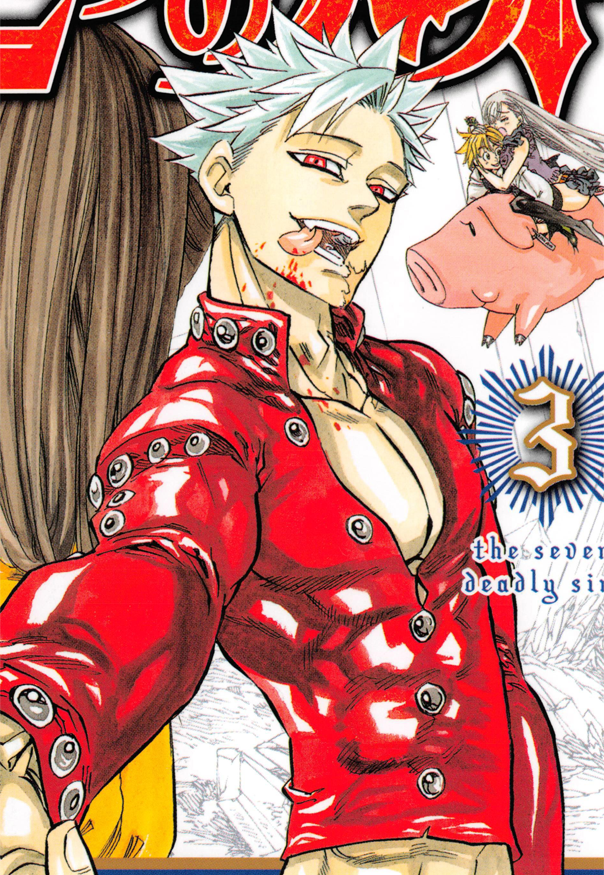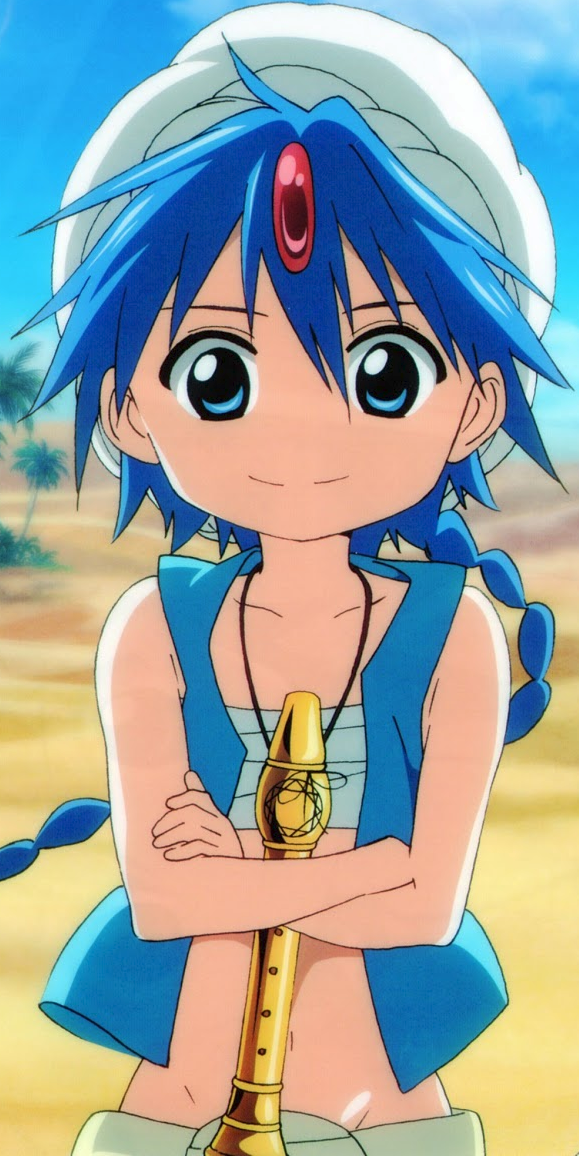Okay, to start this blog post off let me be clear:
This post will most likely contain spoilers, if you have not seen the series or read the arc in the manga, then skip over the section where I discuss that specific arc. Also, I am human when it comes to watching anime, which means that there will probably be several of your favorite shounen series that I have yet to see. If a particular series has no arcs in this it is either because I haven't seen it or just didn't like it.
Now with that out of the way, let's begin.
#10 Chunin Exams - Naruto
To start the list, I decided to go with a classic shounen arc that for me was the first sign of validation for Naruto. As much as I enjoyed the previous arc in Part 1 as it introduced two great characters in Zabuza and Haku and also provided some of the best moments in Part 1, the Chunin Exams were the first full sign of major character developments for our main cast with Sakura, Naruto and Sasuke. Not only were our main 3 protagonists on the forefront of attention here, we were introduced to pretty much the entire core of the next generation of shinobi in this arc. This arc also was the major setup point in Naruto to send the next paths of the story into action by introducing Orichimaru and his goal of making Sasuke his next vessel. The arc consists of several different phases that show us what a shinobi truly is in the sense of this universe. While the arc is undoubtedly the best of Part 1, it wasn't without fault. I probably felt a lot less attached to this arc than many Naruto fans due to the fact that I watched Hunter x Hunter before I had seen Naruto and was already familiarized with the Exam story perspective so it was nothing really new to me other than seeing how they could present it differently than Hunter x Hunter did. While this arc is the best of Part 1 and still one of the best in Naruto, it lacks an overwhelming sense of danger that really grounds the story and never really presents the same amount of danger that later arcs are able to.

#9 Tenroujima - Fairy Tail
Anytime a Fairy Tail arc appears on this list, I'm sure it will come with much disdain mostly due to how generic and cliche Fairy Tail can be at times. I, for one, appreciate the things that Fairy Tail does right. I feel as though most people get caught up in the things Fairy Tail doesn't do well instead of focusing on the enjoyable aspects of it such as the slapstick comedy, the great emotional bonds presented between the characters and great action. This arc includes all of that and really was only the 2nd Fairy Tail arc to hit me emotionally the way this one did. This arc starts off pretty easy going and slow beginning as nothing more than a test for the young mages of the Fairy Tail guild to see if they are worthy of the title of an S class wizard. Once we learn of the real Zeref's presence on the island, shit begins to hit the fan. After which we are introduced to the dark guild, Grimoire Heart and the war between Fairies and Demons begins. Grimoire Heart is led by the former master of Fairy Tail, Hades and his army under the name of the Seven Kin of Purgatory. This arc provides most of the best battle sequences to occur in the entire series and provides non stop action throughout the arc. The war provides many twists and turns and almost the complete annihilation of Fairy Tail's spirit after Azuma is able to uproot the Tenrou tree which seems to provide the mages of Fairy Tail with magic. This arc also shows the first confrontation between Gray and his teacher's daughter Ultear, whose past is finally revealed to us as a terrible misunderstanding that led her to hate her mother. This isn't even mentioning the fact that we get to see the first ever living dragon in this arc in Acnologia which takes the complete power of the entire guild and a miracle by Mavis (the first guild master) to escape. While many of the plot twists in this arc were completely predictable, it provided a lot of heart warming moments and great action sequences to be one of my favorite shounen arcs.

#8 Planet Namek - Dragon Ball Z
While I've never been the biggest fan of Dragon Ball Z as I feel it is heavily overrated by the Western side of the anime fandom, it is impossible to deny that it is one of the most classic series and is the god father of all shounen anime and what they aspire to be. No arc in Dragon Ball Z exemplifies this as much as the Namek saga. This saga includes the introduction of one of the greatest villains in all of shounen anime in the cold and ruthless monster that is Freeza. Freeza is the highlight of the majority of this arc as he ruthlessly wipes out the Namekian civilians without remorse. It also marked a landmark change for some of our main characters as Gohan showed some major strides in his character from the coward that was presented in the Saiyan saga. Not too mention Vegeta's slow transition from being an antagonist into a reliable ally of the Z fighters. None of this, however, compares to one of the most memorable moments in anime history when Goku takes the leap into becoming the legendary Super Saiyan. While the episode count for Goku's ascension to becoming a Super Saiyan is a little over dramatic, it still showed in excruciating detail what it took for Goku to achieve this transformation after witnessing Freeza kill his best friend in Krillin and Freeza's chilling murder of his arch rival Vegeta right in front of his eyes. My main complaint about this arc is primarily the overwhelming length of its climax. The final showdown against Freeza was extremely drawn out but the overall payoff was what I believe made Dragon Ball Z a powerhouse in both Japan and Western Culture.
#7 Kyoto - Rurouni Kenshin
I'm one of those people who feels that Rurouni Kenshin was a classic series, but wasn't the biggest fan of it. For me, the series had its flashes of brilliance, and at other times was too episodic and didn't have enough of a central plot for a majority of the series. The Kyoto arc is where the series truly shines as it is the culmination of all of the build up presented in the series as Kenshin must face off with his successor, Makoto Shishio, who is threatening the peaceful times of the Meiji era as a call for a more revolutionary time. Between Makoto Shishio and his right hand man, Sojiro, two outstanding antagonists are introduced to the series. Shishio is the definition of pure evil as he took on a much different approach to life after his time as a man slayer. Kenshin devoted his life to helping others to atone for his sins during the revolution. Shishio on the other hand decided that only the strong can survive in this world and decides to overthrow the Meiji government whom tried to eliminate him previously and failed, only leading to the creation of a greater monster and threat to the current peace. This dynamic between Kenshin and Shishio is incredibly entertaining to watch as every time the two are presented in a scene together their is so much hostility and tension in the air that you can feel it while watching. Kyoto is what every samurai/sword fighting anime should aspire to be when creating their atmosphere and their fights.

#6 Soul Society - Bleach
Yes, there is a Bleach arc included in this list. Back before Bleach got lost within its own convoluted plot, it got off to one of the best starts for any shounen series. This is the rare time in Bleach where the power ups achieved by the main characters weren't just bullshit asspulls because Tite Kubo doesn't understand what progression of characters through proper development means. Kubo was able to emulate many elements of Yu Yu Hakusho's first arc in his own work which proves to his benefit as this was the best overall arc of the entire series while being the most original at the same time. I don't think I can remember a more shocking moment then when it was revealed that Aizen, Tousen and Gin were all antagonists and were behind the attempted execution of Rukia. This was the only time in the whole series that the system of the Shinigami actually felt important as well and led to some of the most intriguing fights like Ishida's battle with Mayuri and Ichigo's battles with Kenpachi, Renji and Byakuya. In fact, these were probably 3 of Ichigo's most intriguing battles before the series went a little too over the top with the action and just trying to out do every fight with an even more epic fight. Fights have seemed to be the only thing to stay consistently good in Bleach, but Soul Society was really the only time the story truly elevated itself to another level that finds itself as one of the best arcs in all of shounen anime/manga.

#5 Battle Tendency - JoJo's Bizarre Adventure (2012)
I decided to count this as an arc because it technically is 1 part of an overall story. Thus, Battle Tendency easily finds its way onto this list as it is, from what I've seen, what made me fall in love with JoJo's Bizarre Adventure. Part 1 of the 2012 anime was my first experience with the franchise as I had not summoned up the intrigue to check out the manga or any of the prior movie/ova adaptions out there. I decided that it was time to see what the buzz was about when the new anime was released October of last year. Part 1 was enough to keep me watching, Part 2 however was enough to make me hooked. There was just something about Joseph Joestar's cocky attitude and swagger that made him much more of an entertaining protagonist than the righteous Jonathan Joestar in Phantom Blood. Right from the get go with showing 1940s New York I was excited for what was to come of this series. Watching Joseph's fight with Straights made me realize that this part was going to be a whole different beast then Phantom Blood. My suspicions were confirmed when the first of the Pillar Men, aka Santana, were introduced to the series. Watching JoJo struggle to defeat this unstoppable force was wildly entertaining only to come to the realization that he was actually fairly weak compared to the 3 Pillar Men who were about to awake. I was told by a friend that Cars was going to be a much more menacing threat than Dio but I honestly feel it was Wham who stole the show. He had an unbreakable warrior's spirit to him that made every single battle he entered a grueling fight down to the wire with all different kinds of twists and turns. He went out a true warrior's death against JoJo. The arc had a masterful conclusion that was edgy and really portrayed an overwhelming sense of hopelessness once Cars was able to practically become a God. There were so many unpredictable moments that took me by surprise. The first was the reveal of who Lisa Lisa really was. I literally went back and rewatched that part several times after she was revealed as JoJo's mother just to make sure I had heard that right. The other major part that clinched this arc's greatness for me was when they finally came up with a solution to defeat Cars. I thought they pulled out all of the stops but was pleasantly surprised by the conclusion when they send him flying into space. I would've never thought that they would resort to that but it worked and was an excellent conclusion to the arc. I'm hoping for a sequel series because I would definitely love to get a chance to check out Part 3 in anime format.

#4 Invasion of Pain - Naruto Shippuden
Spoiler alert now, Naruto is the ONLY series to have more than 1 arc on this list. Does this mean I think Naruto is that good? Hell no, it just means that I felt there were 2 arcs between the first series and the second one that really stood out. I know there are many people who feel that Naruto started to go down hill after the time skip due to the Akatsuki becoming the primary focus of the series, but I, on the other hand, loved the increased involvement by this group. There was a lot of build up from the previous arcs that I felt aided this one's greatness, but the arc as a stand alone entity outclasses anything and everything to be introduced in Naruto before or after, and yes this does include the 4th Great Shinobi War. Invasion of Pain is able to create a certain degree of panic and anarchy that is prevalent in a real war that even outclasses the true war arc of the same series. The pandemonium created by Nagato's 6 Paths of Pain and Konan was incredibly brilliant to watch as them alone were enough to tear apart Konohagakure. Pain is one of my favorite villains in this series as he starts off as a looming enigma with no back story. It isn't until Jiraya scopes out Pain's headquarters that we learned that Pain (Nagato) was actually Jiraya's student before Minato and Naruto. Nagato was a product that shows the viewer the darker side of the Shinobi universe created by the hatred bread from war. This is the first time where Naruto is faced with an opponent whom he cannot reason with and when posed with the question of "how to confront this hatred?" he has no answer. This is also the first time in which Naruto almost willingly gives in to the Kyuubi before being stopped by the 4th Hokage. This is also the first time Naruto meets the 4th before it is revealed that the legendary shinobi Minato was actually his father. His father is able to give Naruto some encouragement which allows him to gather himself and continue his war with Pain. The fight with Pain was, in my opinion, still the best in the series despite the latter portions of the fight hindered by some shitty animation. What's even more interesting is how Naruto was able to sway Nagato's blackened heart into realizing what a fool he had been. Nagato realizes that he has failed Jiraya in stopping the hatered and instead decides to pass on his will to end the hatred of the world to Naruto. This arc was the perfect storm of anarchy and is easily the best arc that Kishimoto has written.

#3 Enies Lobby - One Piece
I really, really struggled with what to do with this one. I knew it was going to be a One Piece arc at number 3, but it was a matter of deciding which one was more impactful for me between Enies Lobby and Marineford. While Marineford, like Invasion of Pain, is a perfect storm of anarchy and chaos and contains the only moment to make me tear up while watching anime in Ace's death, I felt that the overall whole of Enies Lobby was more memorable that the sum of the parts with Marineford. Marineford was an arc that was much less focused on the Strawhats or even Luffy for that matter but instead focused more on the end of an era, primarily for one of the driving forces behind the great pirate era in the Whitebeard pirates. Enies Lobby, on the other hand is the second half to the CP9 saga with the first being Water 7. Water 7 leads us to the shocking revelation that Iceburg had unknowingly been harboring CP9 assassins within his town who show up to kidnap one of the world's greatest threats... which just happens to be Strawhats crew member Nico Robin. After suffering a complete physical defeat at the hands of Rob Lucci and a moral defeat when Robin willingly leaves with the CP9 members, the Strawhats rally together in an attempt to save Robin. Robin, who decided that leaving to die was the best option for both her and the Strawhats, felt that she still hadn't found her place in the world. She still felt that she was a burden to the world as she was the only survivor to the disaster on her home island of Ohara. There is a very touching moment here where Luffy and crew finally catch up to Robin and show their determination to rescue her, but according to Luffy, only if she wants to live. Robin, finally losing her calm composure, yells out to the Strawhats that she wants to live and travel the seas with them. It is from this part on that the arc is in full gear and nonstop action with the Strawhats dueling it out against the CP9 assassins in a race against the clock to save Robin. The moments in which Robin tries with every ounce of strength she has to stop Spandam from handing her over were very hard to watch as he brutalized and taunted this woman. This arc also consisted of my all time favorite fight in anime in which Luffy has to pull out all the stops in order to defeat the top assassin in CP9 in Rob Lucci. The arc is thrilling and always had me on the edge of my seat, which is the main reason why I feel it is able to edge out Marineford because this was the Strawhats biggest time to shine as opposed to us getting a glimpse at the end of the Whitebeard pirates.

#2 Chapter Black - Yu Yu Haksuho
This was the first time in which Yu Yu haksuho went from a black and white fighting anime, and entered a huge area of gray. This arc gets off to a rather peculiar start, after the Dark Tournament winds down the viewer is left wondering where could Togashi possibly go with this thing to top what he had just done? We quickly get that answer as we are introduced to Black Angel saving the Elder Toguro at the ruined site where the Dark Tournament took place. Not long after this Yusuke is kidnapped by a group of ordinary humans which leads the viewer's to ponder how this feat could even be possible. Of course, this was all just the master plan of Genkai in order to prepare Yusuke and company for the trials ahead as someone is announced to be digging a tunnel to Demon World. It is later revealed through what I believe is still the greatest character introduction that I have ever seen that Shinobu Sensui was the mastermind behind this plan. The look on his face was enough to scare even Yusuke as he admits that there is something darker looming in Sensui that not even he can figure out what it is. After this, Yusuke and company face several moral trials, all of which are set up by Sensui who is trying to break them psychologically. Koenma later reveals the first shocking revelation to this arc that Sensui was actually the Earth's Spirit Detective before Yusuke. This creates an amazing rivalry between the two which is developed throughout the arc and shows us that the two are complete polar opposites, right down to their fighting styles in which Sensui is a master of martial arts and relies heavily on kicks while Yusuke has no formal training and prefers street fighting heavily relying on his fists. It is revealed to us that Sensui had a linear black and white view of the world until he encounters a demon named Itsuki whom later becomes his partner. Itsuki is able to break through Sensui's emotional walls and begin to broaden his view of the world. It isn't until Koenma gives him an urgent job in an attempt to stop the Black Black club's sick depraved torture of demons that Sesnui begins to lose all sight of what is right and wrong. His mind too fragile to handle what he had seen, he completely snapped and lost all hope for humanity. This is the reasoning behind his cause, why he is able to justify digging the tunnel. He feels that he is saving the human world from moral damnation. Yusuke has many excellent physical and moral battles with Sensui, in one of which we experience the shocking reveal that Sensui has 7 split personalities all of which serve different purposes. The main persona of Shinobu is able to land the killing blow on Yusuke which enrages his teammates to follow Sensui into Demon World in an attempt to avenge their fallen comrade. With the tunnel open, it appears as though humanity is doomed until it is revealed that Yusuke has dormant demon blood in his genetics which is awaken after his 2nd time of dying at the hands of Sensui. It isn't until after Yusuke defeats Sensui that we learn Sensui's true goals in Togashi's masterful way of storytelling. After portraying Sensui as this vile and twisted human who was seeking the destruction of the human world, it is revealed to us that Sensui was truly dying with only a short period of time left to live. His whole purpose for digging the tunnel was not to destroy the human world, but was rather his way of getting through to demon world in order to see life through the eyes of the species he had mindlessly killed without questioning whether or not he was doing the right thing. His true goal was to find the answer to his existence before he died so that he could justify the life he had lived. This arc was not only the beginning of Togashi's masterful art of storytelling while making the viewer question the philosophical perspectives that Togashi brings to light. Togashi was also able to create the most complex villain I have experienced in anime or manga to date, and I feel it is really Sensui's underrated brilliance as a character and what his motives were that make this arc one of the greatest of all time.

#1 Yorkshin - Hunter x Hunter (2011)
If it wasn't obvious by now, then anyone who has ever had a conversation with me should know what number 1 was going to be. There was no way I'd have a shounen list without a Hunter x Hunter arc in it, and what better one to top the list than Togashi's artistic masterpiece in the Yorkshin arc. I know this may seem bias since my favorite series is Hunter x Hunter, but this arc explains every reason why Hunter x Hunter is at the top of all shounen anime/manga for me. It has had 3 different variations of the arc, and every single one of them were masterful. However, I will be using the 2011 series' adaption since it is the one that is most likely fresh in everyone's minds. Yorkshin is what every shounen series should aspire to emulate. It is the absolute perfect storm when it comes to story telling. This arc is much more about the story than it is the action, but that doesn't mean the action isn't present. This arc has some amazing battles between Kurapika's fight with Uvogin and Kuroro's fight with Silva and Zeno Zoldyck. Not too mention the Genei Ryodan's long standing massacre of the mafia and their own special forces of Nen users in the Shadow Beasts. The Spiders are, in my opinion, the best villain group to be portrayed in any shounen series. They are so dynamic in their goals and their actions and all of their differing personalities really mesh together well. Kuroro is such a dedicated leader, his orders are absolute but he, on the other hand, is not the Spider's top priority. This creates for some interesting scenarios towards to climax of the arc that I will discuss here in a bit. Kuroro is such a polarizing and charesmatic individual that it is really hard not to enjoy him as a character, even though deep down you know this guy is nothing but a cold blooded murder. This arc balances every aspect of the story brilliantly as it starts off following three different groups in showing us what Killua, Gon and Leorio are doing in Yorkshin. We are also shown Kurapika's movements as a bodyguard of the Nostrade family and we also get to see the Ryodan's plans in action as they terrorize the mafia in order to steal all of the items they are auctioning off. These 3 story lines are woven together brilliantly at the mid point of this arc and really tie the entire story together as all 3 groups begin to cross paths and have to deal with the others. While the Spiders may be a band of cold blood murderers, it is interesting to see how much compassion they have towards each other which is show most brilliantly through Nobunaga and Pakunoda. After Uvo is killed in battle by Kurapika, Nobunaga is able to shed tears in front of Gon and Killua for his fallen partner. This enrages Gon to see that these people could feel so much remorse and sympathy for one of their own, but show none of this compassion towards any of the innocent people they slaughter for fun or for their own personal gain. Pakunoda is quite possibly the clincher for this arc in showing how masterfully Togashi can tell a story. She is more than likely the most human of the Ryodan and is the catalyst for the major debate that occurs as an inner strife between the Ryodan members. After Kurapika kidnaps Kuroro, he realizes that he had left Gon and Killua behind as hostages. This lead to a very intriguing hostage negotiation as some of the members prefer to put the Spider first and let Kuroro be killed as others feel that they absolutely need Kuroro to keep the Spider moving. In the end, Pakunoda sacrifices herself to not only save Kuroro, but to also relay her story to the other Ryodan members so that they can be fully aware of why she made every decision she made and why Kuroro did not come back with her. After doing so, she dies due to Kurapika's Judgement Chain and the arc is pretty much brought to a close with everything resolved. This arc still has the best overall story of any shounen arc I have ever seen and also is the only shounen arc in which the climactic finally was not handled through a fight, but rather through a gut wrenching hostage negotiation in which Kurapika is able to win the battle against the Ryodan, but not the war. No other mangaka would dare to draw out an arc in which it takes a similar path that Yorkshin did. Togashi is truly one of a kind and one of the most innovative story tellers in terms of anime/manga. The main thing that the 2011 version did for me to make me want to use this version was that beautiful ending scene to the arc which is still my favorite moment in the entire series. That is the scene in which Gon asks Phinks what happened to Pakunoda and he replies by saying she died. Gon, showing sincere remorse and surprise on his face triggers Phinks to remember the final conversation Paku had with Gon and Killua in which she was genuinely moved by Gon and Killua's loyalty to Kurapika. Refusing to run away so that Kurapika's current fight with the Ryodan would be over without him having to kill anyone genuinely moved Pakunoda. After the flashback of this scene is replayed we are shown with Phinks staring at Gon and Killua soon who are about to leave. Phinks just says to them quickly "Paku wanted to thank you" before him and Feitan take their leave. This moment was so touching and really humanized Phinks and the Ryodan as a whole that they were able to honor Paku's last wishes. It was the perfect way to end off, what I believe to be, the best arc in shounen anime/manga.




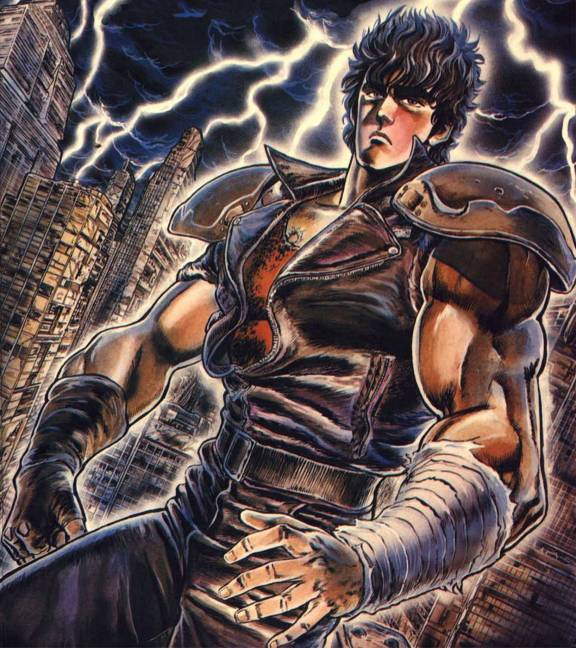

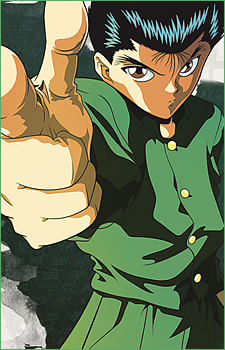



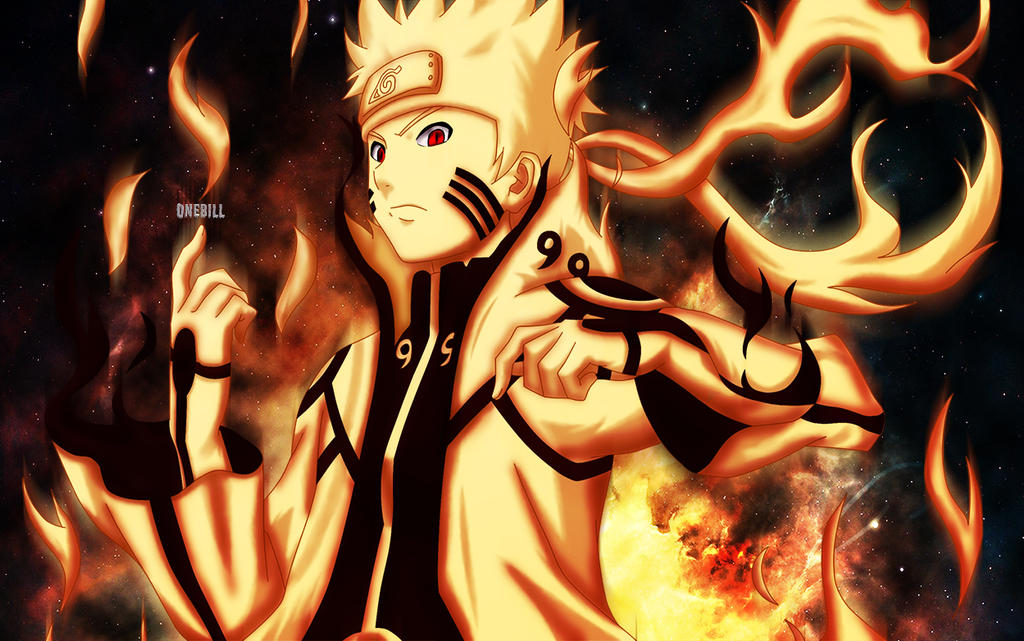


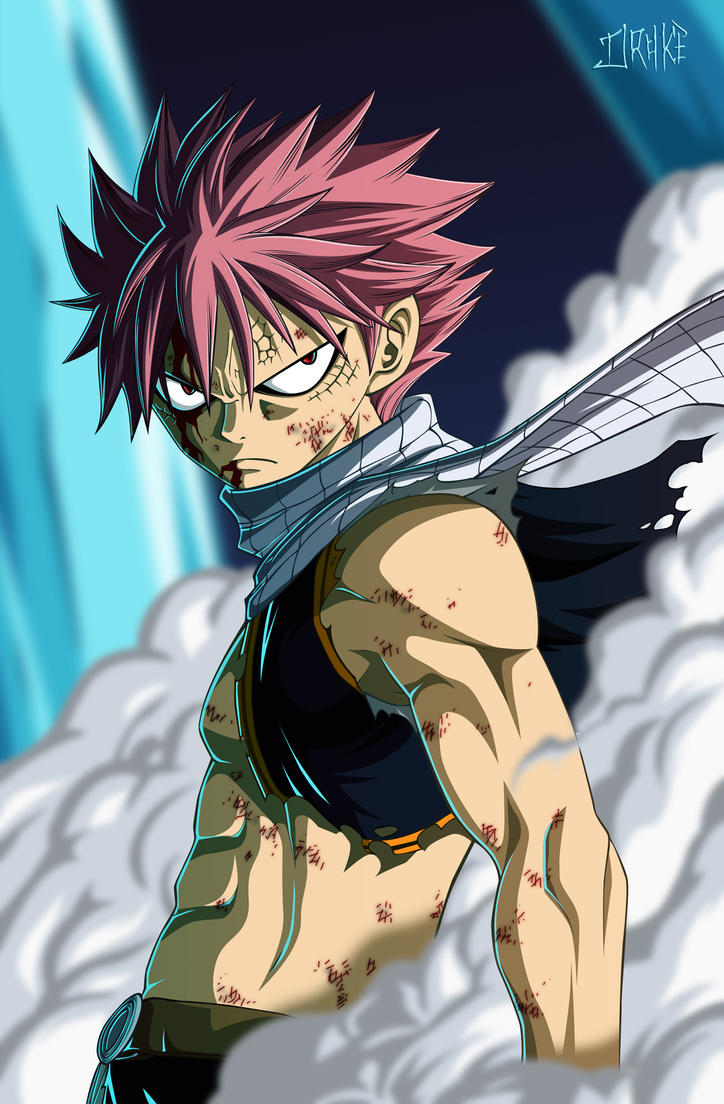
_Sawada.jpg)
